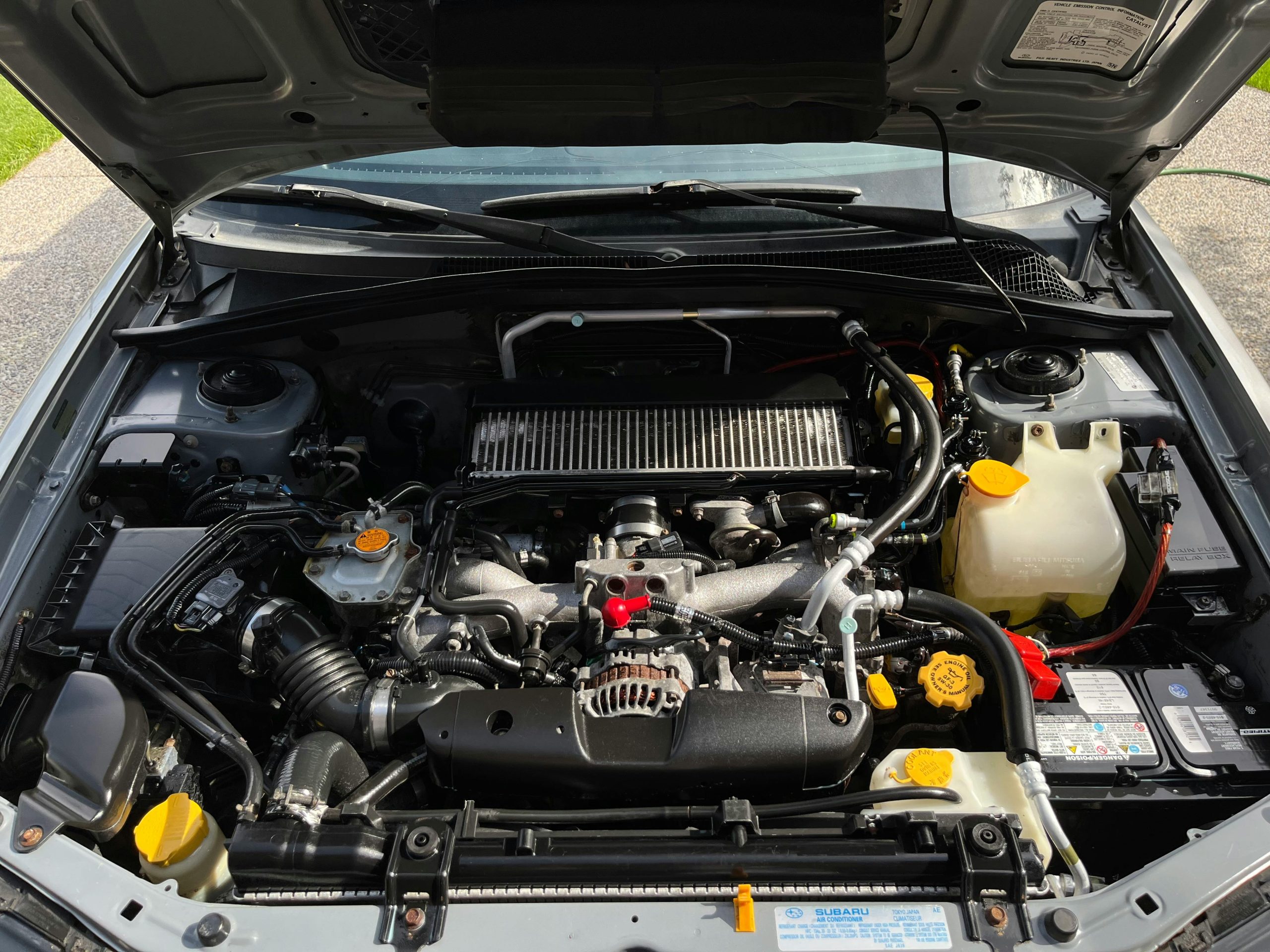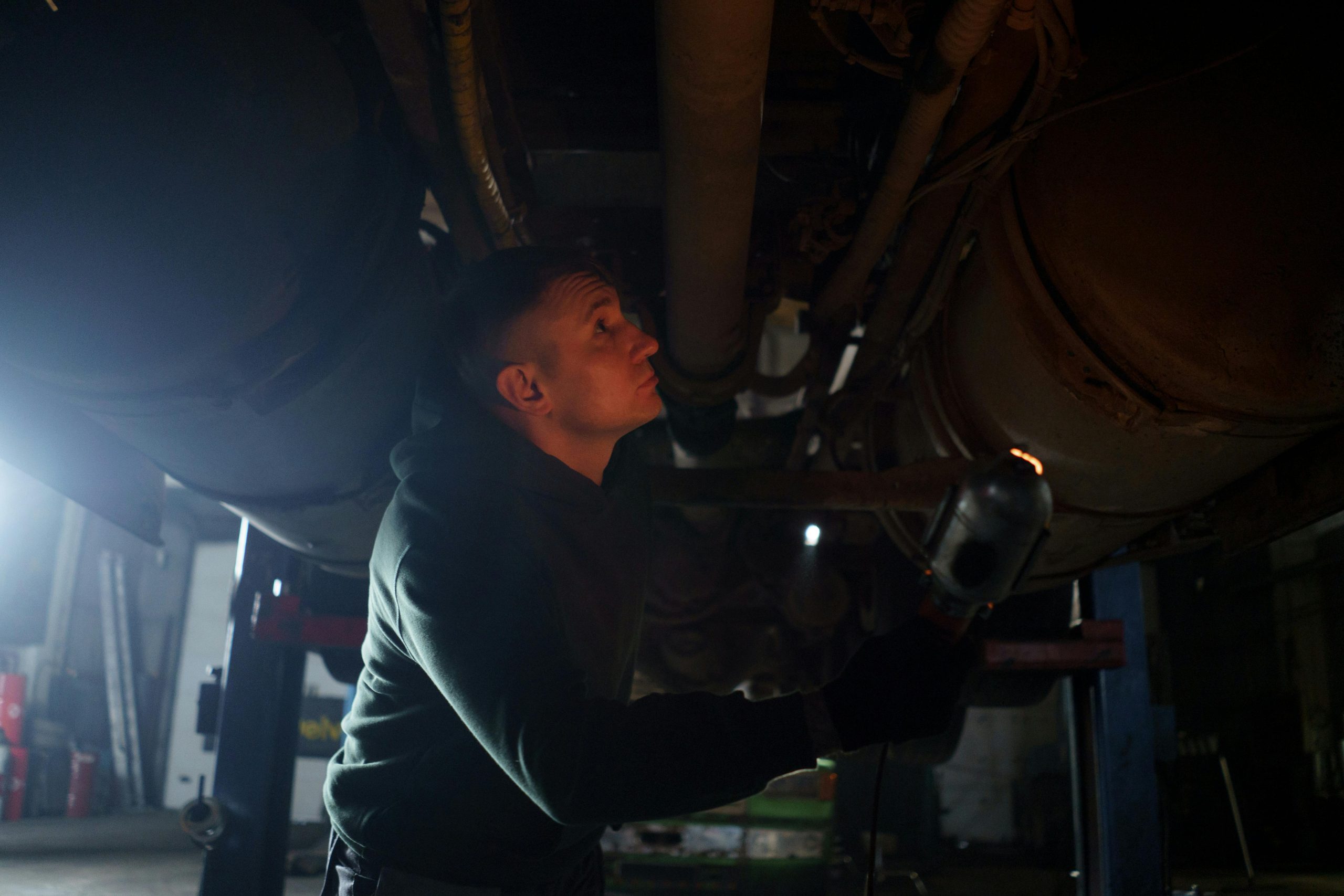Is your car leaving oil stains on your driveway? This could be a sign of a leaking oil pan. While it might seem intimidating, fixing an oil pan leak can be manageable with the right tools and a bit of patience.
In this guide, we’ll walk you through the steps to diagnose, prepare for, and repair a leaking oil pan in your car.
What Causes an Oil Pan to Leak?
Before diving into the repair, it’s helpful to understand why oil pans leak. Here are the common causes:
- Damaged Oil Pan Gasket: The gasket creates a seal between the oil pan and the engine block. Over time, it can wear out or crack.
- Corroded or Damaged Oil Pan: Physical damage from road debris or corrosion can lead to leaks.
- Loose or Overtightened Bolts: Improperly torqued bolts can compromise the seal, causing leaks.
- Old or Worn-Out Components: If your car is older, wear and tear on the components might lead to leakage.
Tools and Materials You’ll Need
To fix an oil pan leak, gather these essential tools and materials:
- A wrench or socket set
- Oil drain pan
- Gasket scraper
- Replacement oil pan gasket
- High-quality silicone sealant (if applicable)
- Car jack and jack stands
- Safety gloves and goggles
- New motor oil and oil filter
- Rags or paper towels
Having everything ready before starting will make the process smoother and less frustrating.
Step-by-Step Guide to Fixing a Leaking Oil Pan
1. Diagnose the Leak
First, confirm that the oil pan is the source of the leak. Look for oil stains or drips under your car, and inspect the oil pan for visible damage. You can also check the area around the gasket for signs of oil seepage.
If the leak is significant, it’s important to address it promptly to prevent further damage to your engine.
2. Prepare Your Car
Safety first! Here’s how to prepare:
- Park Safely: Park your car on a flat surface and engage the parking brake.
- Lift the Car: Use a jack to lift the front of the car and secure it with jack stands. Ensure the car is stable before proceeding.
- Drain the Oil: Place an oil drain pan beneath the oil pan and remove the drain plug to let the oil flow out completely.
Dispose of the used oil responsibly by taking it to a recycling facility.
3. Remove the Oil Pan
With the oil drained, you can remove the oil pan:
- Use your wrench or socket set to loosen and remove the bolts securing the oil pan to the engine.
- Carefully lower the oil pan. If it’s stuck, gently tap it with a rubber mallet to break the seal.
- Once removed, inspect the oil pan for cracks, corrosion, or damage. If it’s severely damaged, consider replacing it.
4. Clean the Surfaces
Cleaning is crucial to ensure a proper seal:
- Use a gasket scraper to remove the old gasket material from the oil pan and engine block.
- Wipe the surfaces clean with a rag or paper towel, ensuring no debris or oil remains.
5. Install the New Gasket
Now it’s time to install the new gasket:
- If your gasket requires sealant, apply a thin, even layer to the oil pan’s surface.
- Place the new gasket onto the oil pan, aligning it with the bolt holes.
- Carefully position the oil pan back onto the engine block, ensuring the gasket stays in place.
6. Secure the Oil Pan
Reattach the oil pan to the engine:
- Tighten the bolts evenly in a crisscross pattern to ensure the gasket seals properly.
- Avoid overtightening, as this could damage the gasket or oil pan.
7. Refill the Oil
With the oil pan secured, it’s time to add fresh oil:
- Replace the drain plug and tighten it securely.
- Install a new oil filter, as it’s a good practice when changing oil.
- Add the recommended amount and type of motor oil for your car.
8. Test for Leaks
Start your engine and let it run for a few minutes. Check for any signs of oil leaking around the oil pan. If everything looks good, congratulations; you’ve successfully fixed the leak!
Preventive Tips to Avoid Future Leaks
- Regular Maintenance: Change your oil and oil filter on schedule to keep your engine in top shape.
- Inspect Gaskets: During routine maintenance, check the oil pan gasket for signs of wear or damage.
- Drive Safely: Avoid hitting curbs or road debris that could damage your oil pan.
When to Call a Professional
If the leak persists after your repair or if you notice severe damage to the oil pan or engine, it’s best to consult a professional mechanic. Ignoring an oil leak can lead to engine damage, which is far costlier to fix.
Conclusion
Fixing a leaking oil pan in your car might sound daunting, but with the right tools and this step-by-step guide, you can tackle it yourself.
Regular maintenance and careful driving can help prevent future leaks and keep your car running smoothly.
Take pride in maintaining your vehicle, and enjoy the satisfaction of a job well done!



